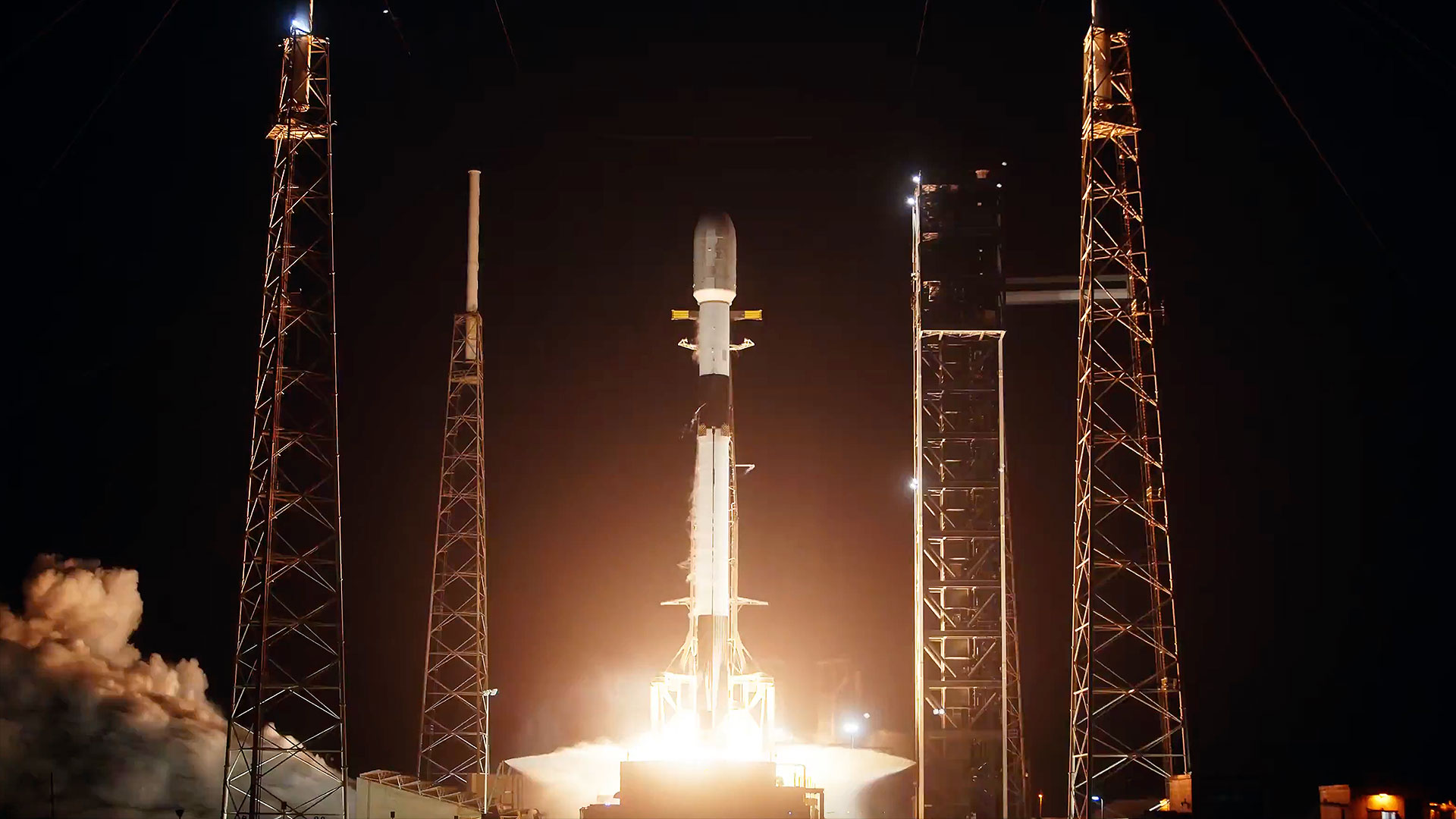Black Hole Pair Sets Proximity Record
Astronomers have detected a pair of supermassive black holes that are closer together than any previously discovered.
The two giants are dancing around each other with only about 24-light-years between them and are expected to collide in the very distant future.
"That's more than 100 times closer than any pair found before," said astronomer Cristina Rodriguez from the University of New Mexico and Simon Bolivar University in Venezuela.
Rodriguez was part of the team made the discovery using the National Science Foundation's Very Long Baseline Array (VLBA), a continent wide system of 10 linked radio-telescopes. The finding was announced today.
Black holes are regions of space where mass is concentrated so tightly that gravity prevents matter and even light from escaping. Researchers can't see them, but they infer their presence based on the activity of stars and other material in the vicinity.
The collective mass of the two newly discovered objects is equal to more than 150 million Suns. Prior to the new discovery, the closest confirmed pairs of supermassive black holes were at least 4,500 light-years apart.
Galactic mergers
Breaking space news, the latest updates on rocket launches, skywatching events and more!
The black hole pair sits at the heart of 0402+379, an elliptical galaxy located about 750 million light-years from Earth. Astronomers think the two black holes once belonged to separate galaxies but were brought together when those galaxies merged sometime in the distant past.
The new discovery will be detailed in an upcoming issue of Astrophysical Journal.
Galactic mergers are an important part of theories on galaxy evolution, and astronomers think black hole pairs that can form in such instances can exert a powerful influence on a galaxy's development.
"Such black hole collisions undoubtedly are important processes, and we need to understand them," said study team member Gregory Taylor, also of the University of New Mexico. "Finding ever-closer pairs of supermassive black holes is the first step in that process."
Gravity waves
Scientists think that when black holes collide, they generate enormous amounts of energy-more than all the stars in the universe combined according to one recent model-and send out gravitational waves rippling through space-time in every direction.
Such gravitational waves could be detected with the ground based Laser Interferometer Gravitational-Wave Observatory (LIGO) or the proposed Laser Interferometer Space Antenna (LISA) space mission.
The researchers are currently using the VLBA to conduct a large survey of compact radio-emitting objects in order to find more supermassive black hole pairs.
Ker Than is a science writer and children's book author who joined Space.com as a Staff Writer from 2005 to 2007. Ker covered astronomy and human spaceflight while at Space.com, including space shuttle launches, and has authored three science books for kids about earthquakes, stars and black holes. Ker's work has also appeared in National Geographic, Nature News, New Scientist and Sky & Telescope, among others. He earned a bachelor's degree in biology from UC Irvine and a master's degree in science journalism from New York University. Ker is currently the Director of Science Communications at Stanford University.
